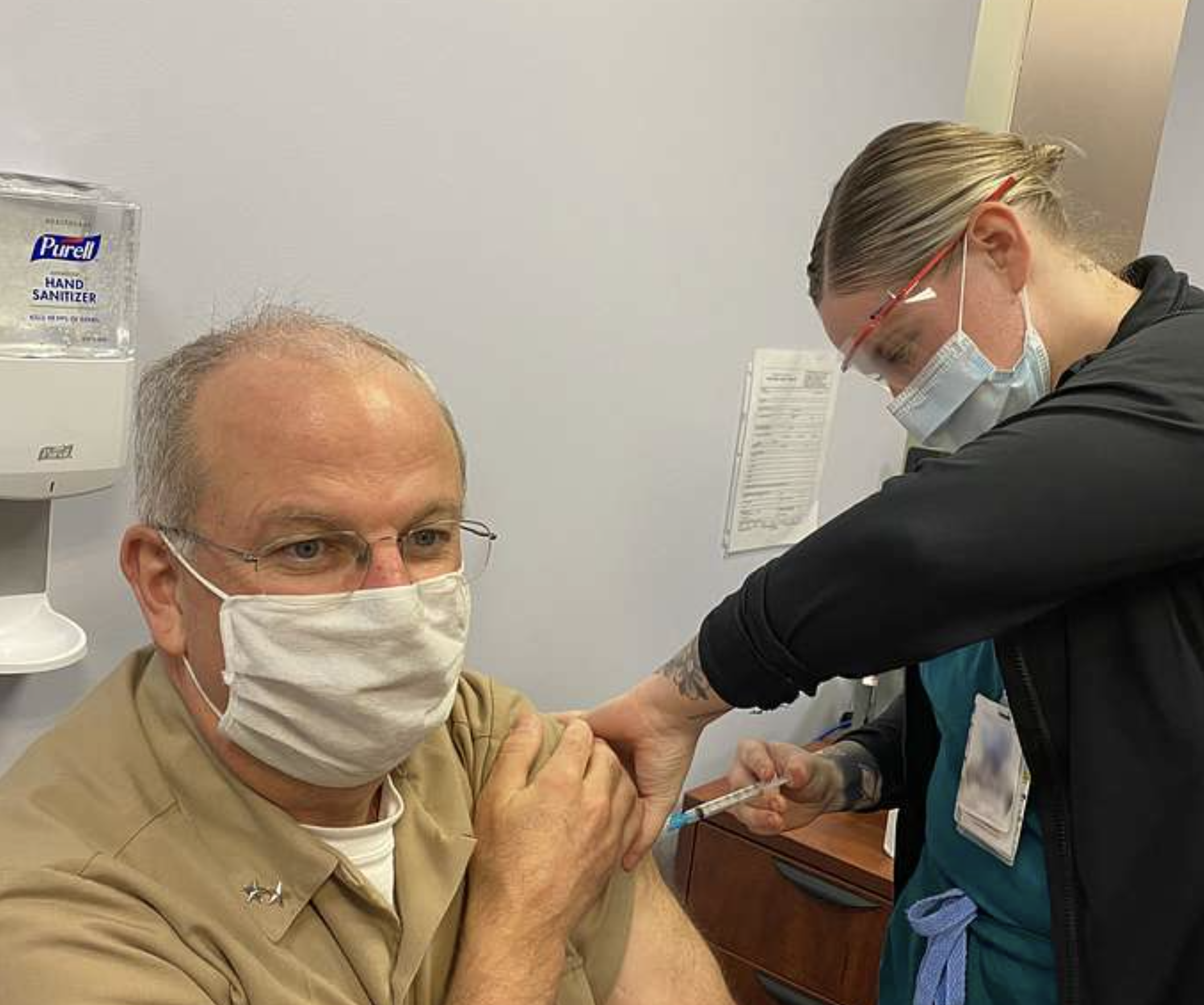ARS TECHNICA – Vaccine advisers for the Food and Drug Administration voted unanimously (12 to 0) Thursday to remove, “as soon as possible,” a component of annual flu shots that targets a strain of the virus that appears to have gone extinct amid the COVID-19 pandemic.
The vote follows a similar recommendation from the World Health Organization last week, which stated that “every effort should be made to exclude this component as soon as possible.”
Exactly how soon that removal could happen is unclear, though, and some advisers on the FDA’s panel expressed frustration that plans for the removal appear to have been slow-walked in the last couple of years, as it only became more apparent that the strain may be gone for good.
The missing strain is the influenza type B Yamagata lineage (aka B/Yamagata), one of only four flu viruses targeted by annual vaccines.
There have been no confirmed detections of B/Yamagata worldwide since March 2020, when the pandemic coronavirus, SARS-CoV-2, erupted onto the global scene, dramatically disrupting the lives of people and other viruses everywhere. The subsequent 2020-2021 flu season was virtually nonexistent.
While other strains and lineages of influenza have since rebounded and are moving back to their normal seasonal cycles, B/Yamagata is still unaccounted for.
Still, it’s rather difficult to determine with absolute certainty if a virus has truly gone extinct—particularly a lineage that had previously circulated worldwide. For this reason, flu experts have been cautious about declaring it “extinct” and retooling annual shots.
But now, after more than three years since its disappearance, experts are confident in saying it presents a low risk of infection, and it’s time to move on. In fact, keeping the vaccines as is may be riskier than taking the B/Yamagata component out.
That’s because some flu vaccines include inactivated or weakened viruses, requiring vaccine manufacturers to grow live viruses …



